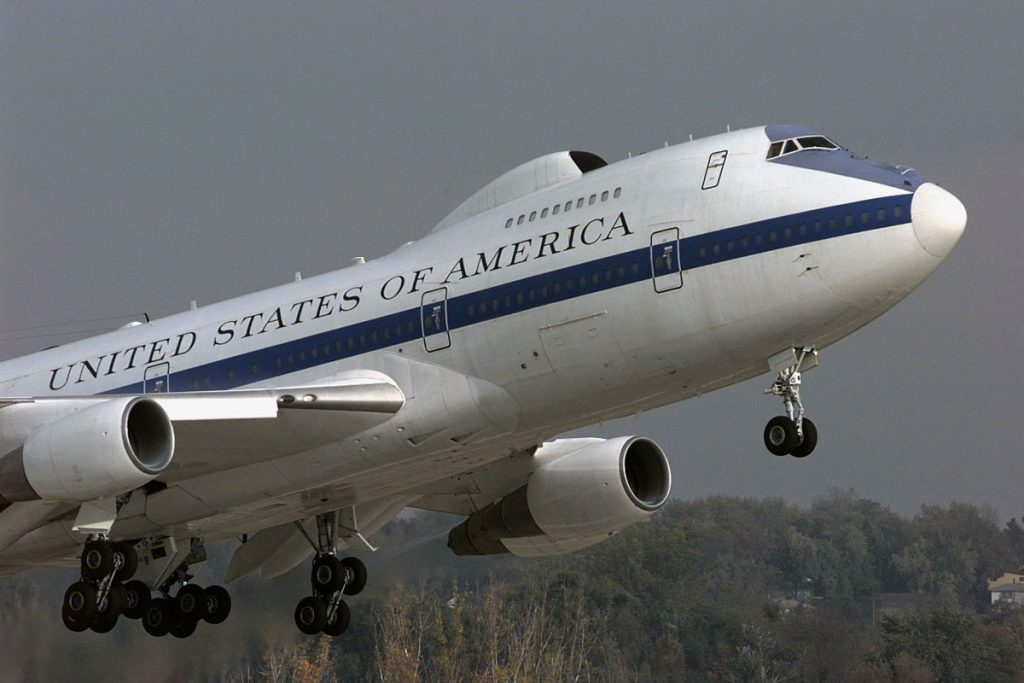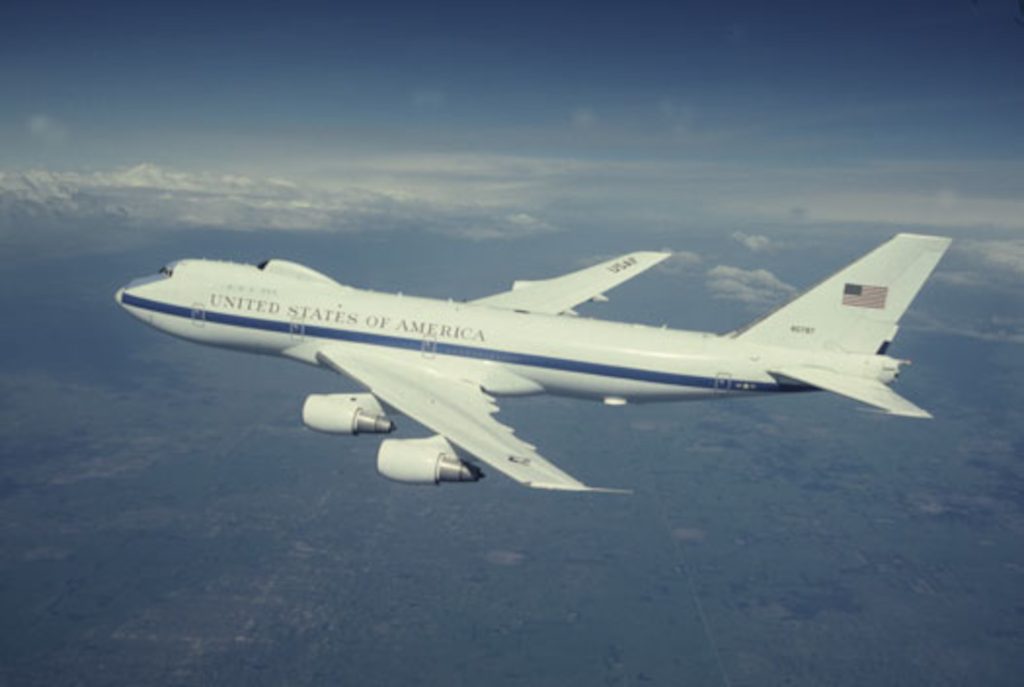In a significant advancement for national security, aerospace and automobile giant Rolls-Royce has secured a contract to provide cutting-edge technology for the next generation of the U.S. Air Force’s nuclear-blast-resistant aircraft. These aircraft, often referred to as “Doomsday” planes, are an essential component of the U.S. military’s strategy for maintaining command and control in the event of a national emergency. This new fleet will replace the aging E-4B planes, known for their resilience against electromagnetic pulses and nuclear blasts.

A Crucial Upgrade: The Survivable Airborne Operations Centre (SAOC) Project
The initiative to develop these advanced aircraft falls under the Survivable Airborne Operations Centre (SAOC) project, led by Sierra Nevada Corporation in collaboration with several prominent aerospace companies. This project aims to ensure that the U.S. military retains the capability to operate and communicate effectively even in the most extreme scenarios.

The Role and Capabilities of “Doomsday” Aircraft
“Doomsday” aircraft are equipped with state-of-the-art mobile command centers, operations areas, and conference rooms, enabling them to function as airborne nerve centers for U.S. military and government operations. These planes are designed to carry the President of the United States, the joint military chiefs, the Secretary of Defense, and other top military leaders during national emergencies.
One of the most critical features of these aircraft is their ability to withstand electromagnetic pulses (EMPs) and nuclear blasts. This resilience ensures that command and control can be maintained even if ground-based facilities are compromised. The planes are also equipped for in-flight refueling, extending their operational range and endurance significantly. With a seating capacity of approximately 111 people, these aircraft can transport key personnel and support staff necessary for coordinating a national response.
The Legacy of the E-4B “Doomsday” Planes
The current fleet of E-4B planes has served as the backbone of the U.S. airborne command and control capability for decades. These aircraft are invaluable during crises, providing a secure and reliable platform for military and government operations. In addition to their defensive capabilities, the E-4B planes are equipped with advanced communication systems that allow for seamless coordination and decision-making, even if other communication networks are disrupted.
Rolls-Royce’s Role in Advancing National Security
The contract awarded to Rolls-Royce highlights the company’s pivotal role in advancing the capabilities of the U.S. Air Force’s fleet. Rolls-Royce will provide the technology necessary to enhance the performance, reliability, and resilience of the new “Doomsday” aircraft. This includes advanced propulsion systems designed to ensure that the planes can operate under the most demanding conditions.
Collaboration for Innovation
The development of the next-generation “Doomsday” aircraft is a collaborative effort involving some of the leading names in aerospace technology. Sierra Nevada Corporation, as the lead contractor, is working with Rolls-Royce and other companies to integrate cutting-edge innovations into the new fleet. This collaboration ensures that the new aircraft will meet the stringent requirements of the SAOC project, providing unmatched survivability and operational capability.
Looking Ahead: The Future of Airborne Command and Control
As global threats continue to evolve, the need for robust and resilient command and control capabilities has never been greater. The next-generation “Doomsday” aircraft represent a critical step forward in ensuring that the U.S. military can effectively respond to any scenario, no matter how severe. By replacing the aging E-4B planes with state-of-the-art technology, the U.S. Air Force is investing in the future of national defense.
Conclusion
The contract awarded to Rolls-Royce for the development of the next generation of “Doomsday” aircraft underscores the importance of maintaining a secure and resilient command and control capability. These advanced aircraft will play a vital role in ensuring that the U.S. can continue to operate effectively during national emergencies, providing a secure platform for the President and top military leaders. Through the collaborative efforts of Sierra Nevada Corporation, Rolls-Royce, and other aerospace companies, the SAOC project is set to deliver a fleet of aircraft that will stand at the forefront of national security for years to come.

